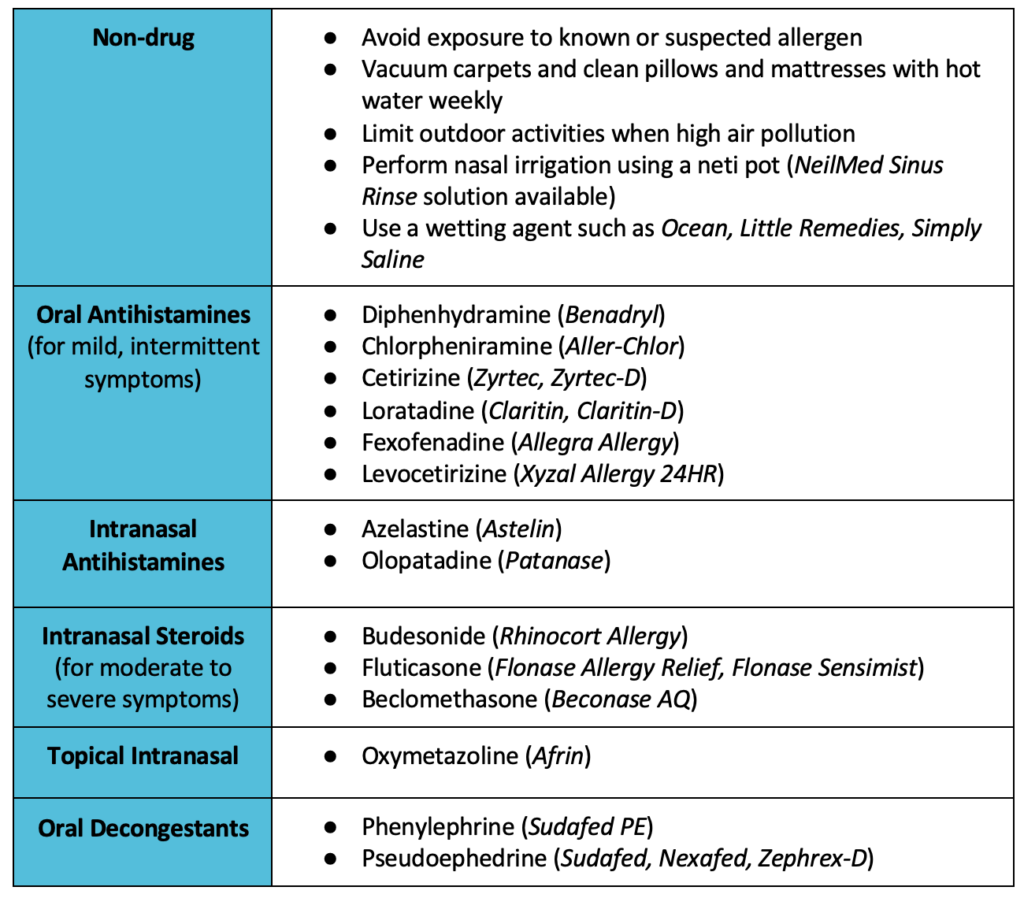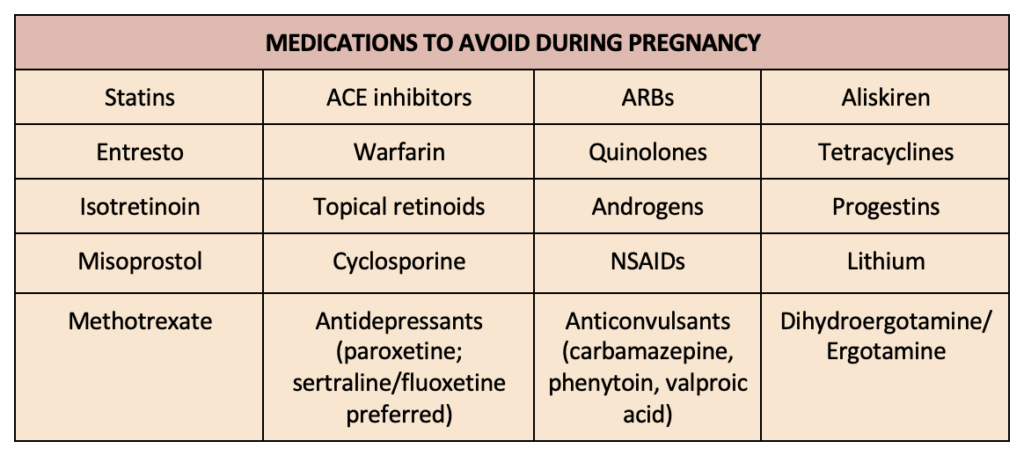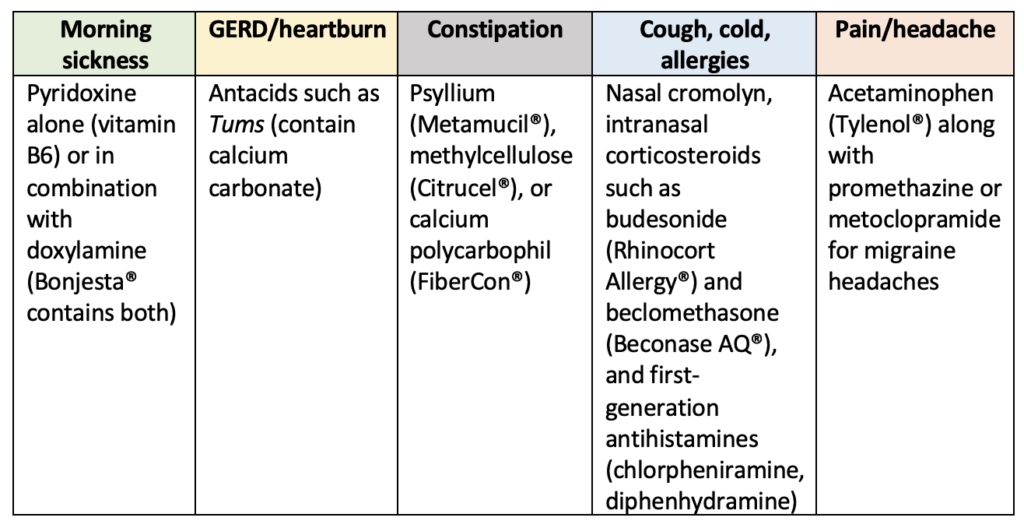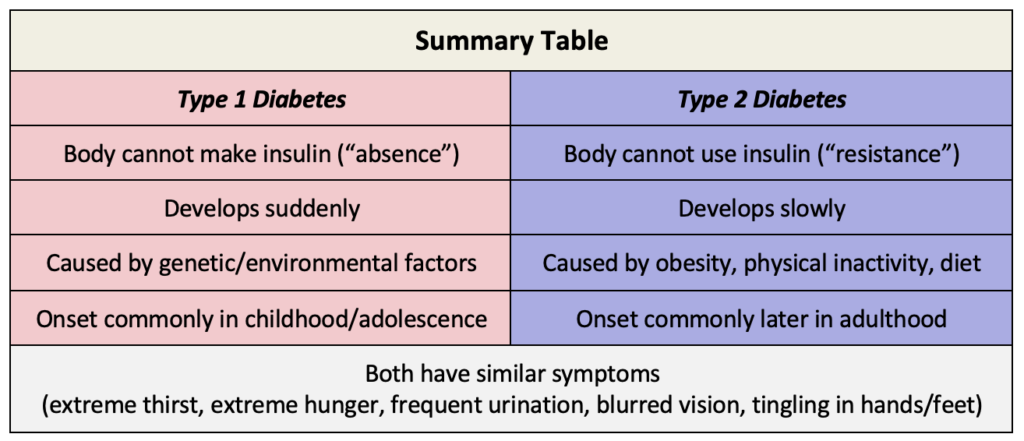Constant source of support and encouragement- RxPharmacist Internship Testimonial
During a career pivot I found myself in need of guidance and support. It was during this uncertain time that RxPharmacist emerged as a great mentorship opportunity, offering invaluable assistance that not only honed my writing skills but also influenced my professional journey. Their commitment to my growth was evident throughout my entire internship. RxPharmacist provided unwavering support and guidance, serving as a mentor during this pivotal stage of my career. During my internship I was encouraged to think outside the box and explore creative approaches to creating medical education. This resulted in new points of view, new thought processes, and unique learning opportunities outside of the traditional learning methods. RxPharmacist not only recognized my potential as a medical writer but also challenged me to push the boundaries of my capabilities, resulting in projects that were both impactful and engaging. These realizations transcended the projects completed, positively impacting my engagement with both clinical and industry connections and opportunities. I appreciated the autonomy they gave me during my projects while always being available for questions. This benefited my skills to work independently, as well as with a team, applying feedback and collaborating on the most efficient ways to complete objective. RxPharmacist expected accuracy and precision throughout my time with them and their emphasis on thorough research and meticulous editing elevated my writing skills. This standard ensured that every piece of content was the highest quality and integrity.
As I navigated the ups and downs of my career and personal life, RxPharmacist was a constant source of support and encouragement. Their mentorship extended beyond professional guidance, encompassing personal development and well-being. Throughout the internship, I gained invaluable knowledge that has benefited my objectives through my career pivot, as well as the connections I have since made through unique networking channels. I will definitely continue to use, and benefit from, the skills, lessons, and connections I have made through the RxPharmacist internship. Whether I needed advice on navigating career challenges or simply a listening ear, RxPharmacist was always there, offering advice and unwavering support. As I look back on my journey with RxPharmacist, I am filled with gratitude for the invaluable lessons learned and the profound impact it has had on my career and personal growth. Thanks to their mentorship and support, I feel confident and empowered to take on new challenges and explore opportunities for growth. To anyone embarking on a career in pharmacy, I wholeheartedly recommend RxPharmacist as a guiding group to help you on your path to personal and professional success.
The support, learning, and unquantifiable benefits of the RxPharmacist internship will prove to be instrumental in my success getting through this unique period in my life. Although my situation may be untraditional, I believe the resources and opportunities of RxPharmacist would be beneficial to fellow pharmacists in various stages of their career. Whether you are in college, recently graduated, or have experience but would like to change paths, RxPharmacist would be an excellent option for maximizing your career potential.
-Spring 2024 RxPharmacist Intern, Lipscomb University
Constant source of support and encouragement- RxPharmacist Internship Testimonial Read More »























